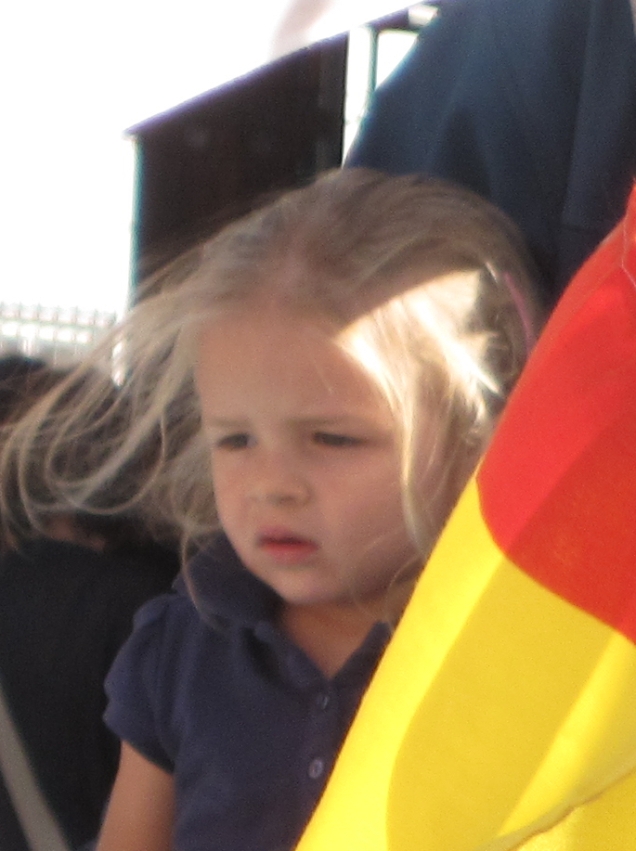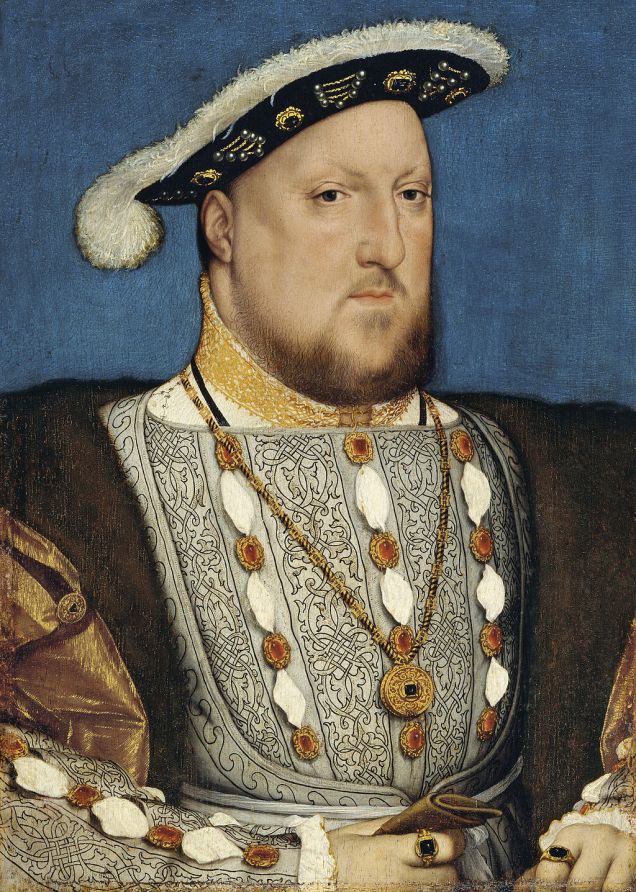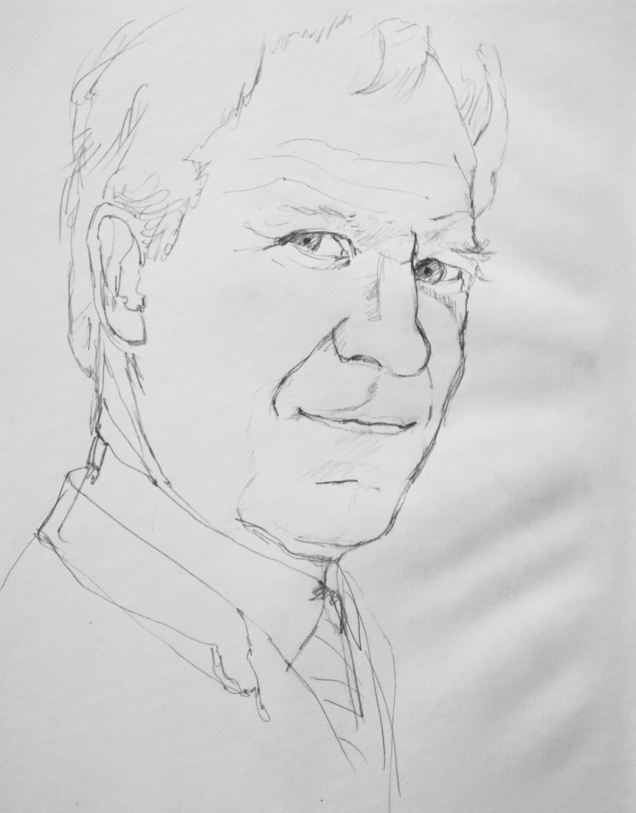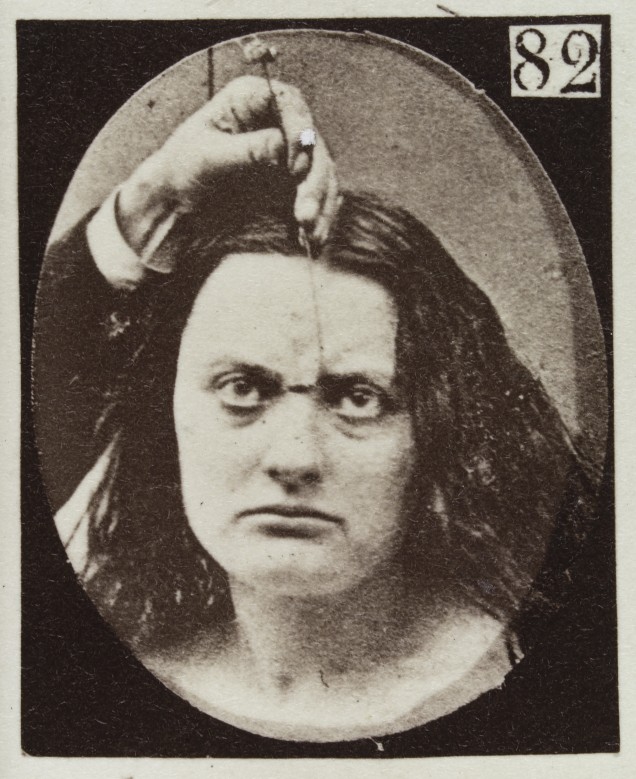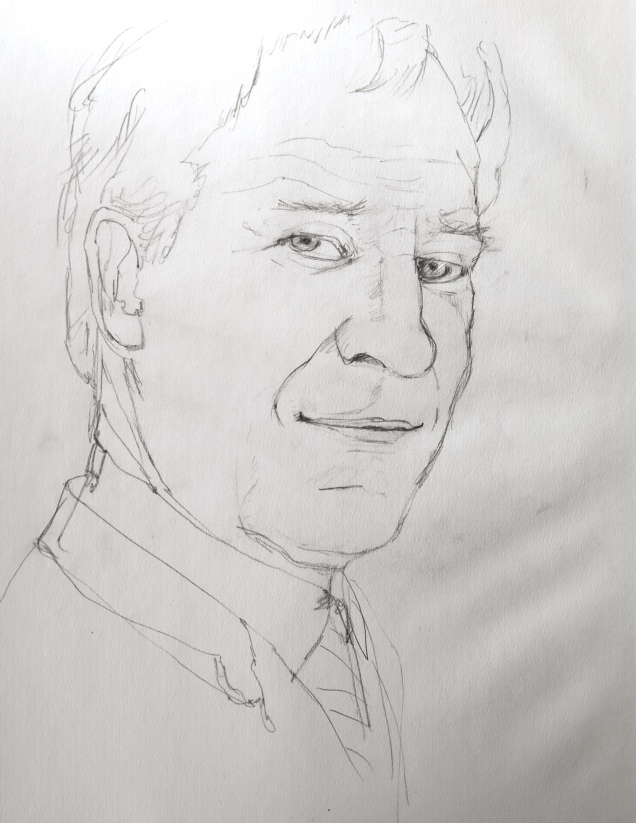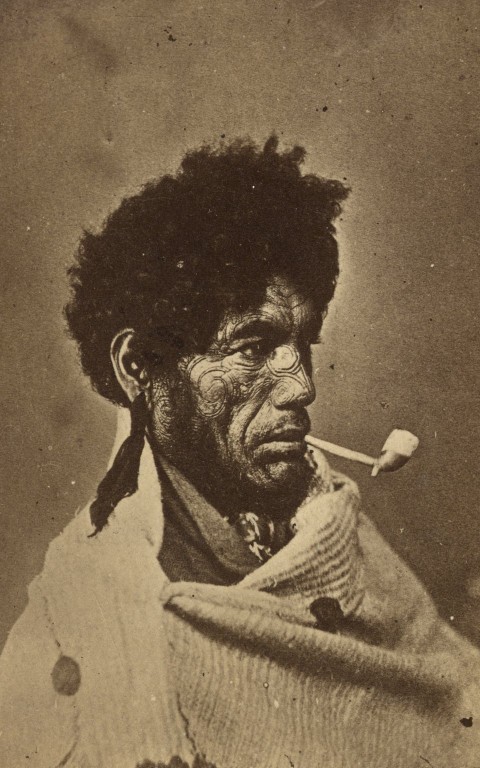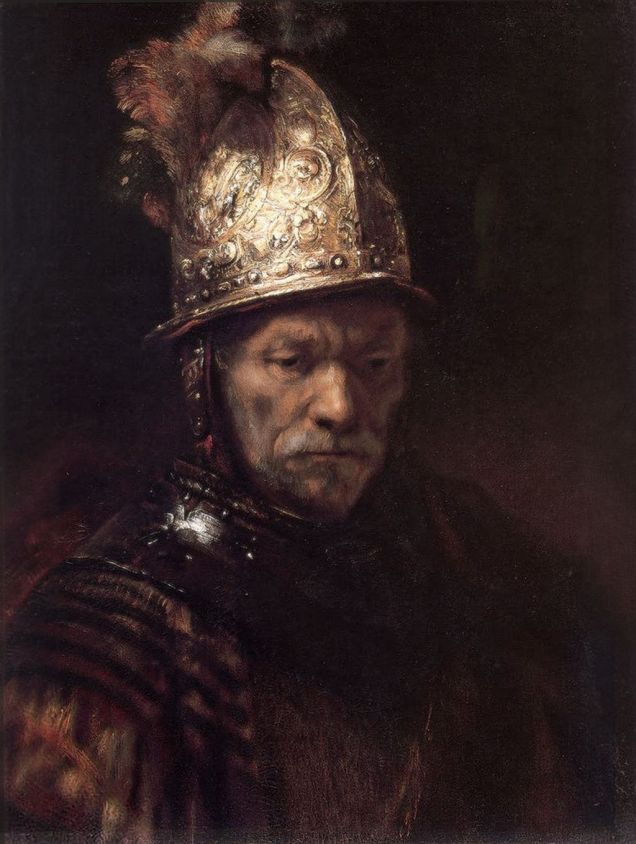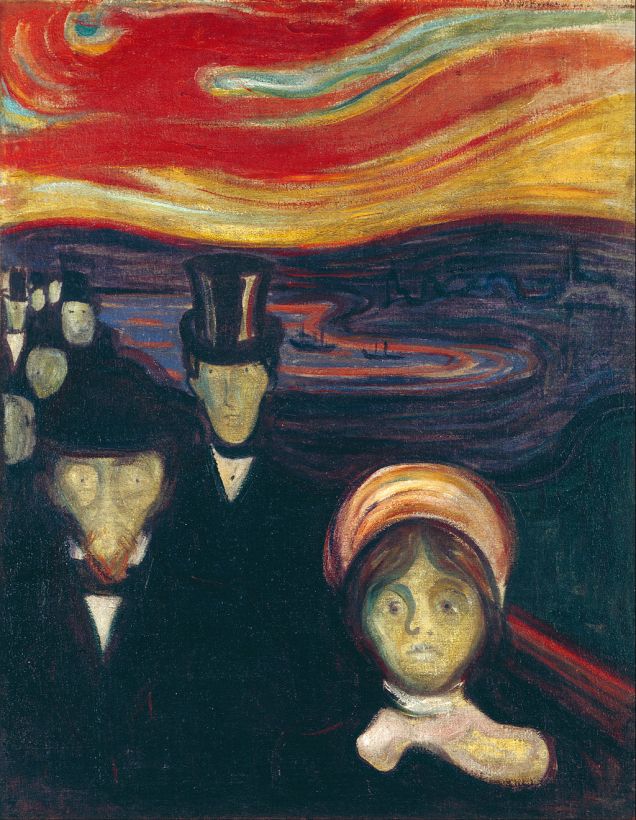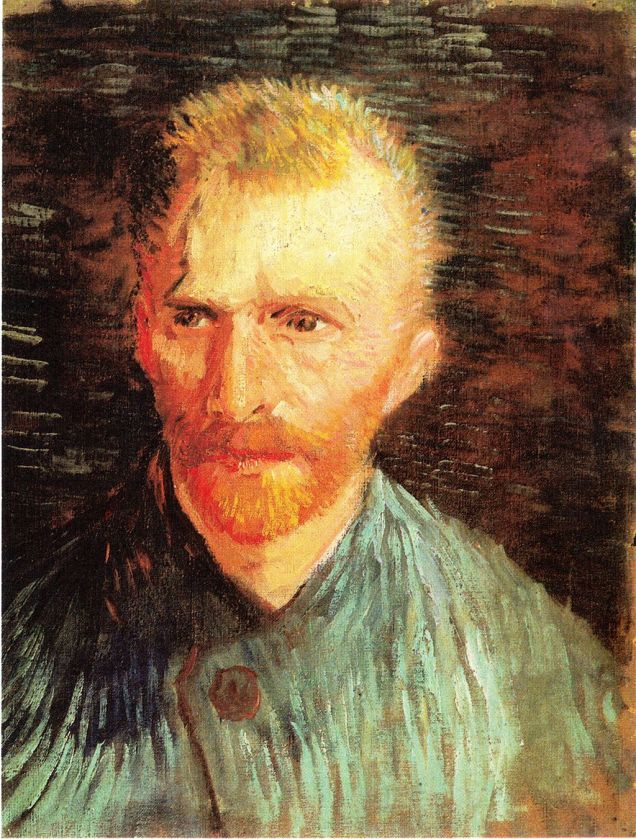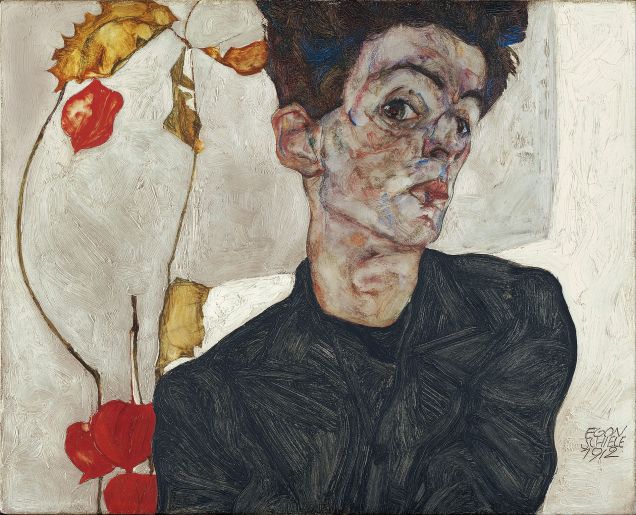All websites mentioned in this post were accessed on 19 December 2015. All images shown are in the public domain.
19 December, 2015. Oh no, I misinterpreted the instructions regarding the timing of the final video tutorial as having to choose a date BEFORE completing my work, but in retrospect it was great to have a work-in-progress feedback talk. I received several great suggestions connecting to the overall idea behind my project – which my tutor could see much more clearly than I did at the moment of the video talk! For me the project started out as an attempt to show the changes to a personality if a golden standard of human coexistence, in this context the obligation to help in a moment of great peril, is not observed out of pure self-interest. My tutor pointed out to me the connection to philosopher Arthur Schopenhauer (1788-1860). The moment I write this I can feel how a whole world of philosophical concepts opens up, wanting to be explored. The idea makes my head swim and I need to take care to stay focused on my project when doing the underlying research here.

Looking up the Wikipedia information on Schopenhauer: In his famous 1819 work “Die Welt als Wille und Vorstellung” he describes the characterization of the phenomenal world, and consequently of all human action, as the product of a blind, insatiable, and malignant metaphysical will. “Phenomenal” in this context is used to convey the idea that the impression gained of the world surrounding us is structured by the human mind. As a biologist I agree with this view (not something I would readily do with a number of Schopenhauer’s ideas) and I think that on a very basic level of the concept nothing explains this more clearly than the visible world: An idealised totally black object appears black to us, because its surface absorbs all wavelengths in the spectrum visible to the human eye, so no visual information about it arrives in our brain. Therefore we have no means whatsoever to verify the object’s true colour, because all we are and perceive is absolutely and unalterably limited by the rules of physics governing our bodies. In the context of my project the perception by the portrayed person of the situation presented to him is likewise analysed and filtered by his brain in a multi-level process, which results in a representation in his mind modified by experiences gained throughout life and which may not truly reflect all aspects of the real event. Importantly, the appearance of this internal cosmos is subjected to the same limiting rules which govern the perception of the outside world. Which I think is the meaning of “blind” in the above description and which ties in well with the word “malignant” transporting the idea that the pain caused by this controlling instance can only be overcome by asceticism in order to experience the immersion with the world surrounding us. This is, I fear, a lifelong, often futile struggle and as pointed out by Schopenhauer, with luck we may discover art, in particular music, as a means of “becoming one with perception”. The person in my project, however, is far from wanting to blend in with his surroundings, on the contrary: by consciously choosing not to allow an analysis of the meaning of the perceived situation (child left lying on the ground, perhaps to die), he wills a distortion of the situation in order to fit in with his self-image. The price he pays is high, since in a mentally healthy human being the innate and learned, deep-rooted ethic conventions and beliefs continue to work in an internal struggle underneath the immaculate surface until they begin to show.
My tutor emphasized the importance of reflecting about the impression of this internal struggle gained by the viewer. He had the wonderful idea of making the animation a loop in order to emphasize this struggle with reference to Dante’s Inferno, see e.g. https://en.wikipedia.org/wiki/Inferno_%28Dante%29. A representation of the Ninth Circle as seen by the famous series of engravings by Gustave Doré:

For the purpose of my project the ninth of the circles described is reserved for the traitors, who are punished by being encased in ice depending on the severity of the sin committed. It would be interesting to include a reference to ice in my portrait, but in that way the multiple layers of messages may become too difficult to read. The planned hardening of the face as an outward sign of developing a “heart of ice” may already suggest a connection. I also thought that every iteration of the occurrence would be likely to cause another slight change on the person’s face, but for the purpose of this project I should stay with the initial change and explain the idea of an extension in the artist’s statement accompanying the project.
Since a lot of the changes will affect and be communicated via the person’s eyes anyway, my tutor also suggested to have a look at the work by Steve McQueen, both his film “Twelve Years a Slave” (see trailer on https://www.youtube.com/watch?v=vUQNjfhlREk) and his earlier work winning him the 1999 Turner Prize. Unfortunately I am not much of a cinema-goer because of severe time constraints and it took me a few minutes to realize which Steve McQueen I was supposed to look for (see https://en.wikipedia.org/wiki/Steve_McQueen_%28director%29 and http://www.imdb.com/name/nm2588606/bio?ref_=nm_ov_bio_sm). For the reason of there being two of the same name it proved quite difficult to produce a consistent search on his artwork, because the other Steve McQueen kept interfering to a very annoying degree. I did not during this search succeed in finding the connection, in both McQueen’s films and other works of art, to my own working with transporting messages via the eyes. I noticed, however, that McQueen uses both his own body (as in http://steverodneymcqueen.tumblr.com/) or for example, in his function as official Iraq artist, the photographed portraits of Iraq war soldiers in a very dense way, portraits on stamps but multiplied (see e.g. http://www.zimbio.com/pictures/h64OV0ssZ59/Steve+McQueen+Opens+Latest+Exhibition+Iraq/Toc9l1oUaxI/Walter+Douglas). After a while of searching the net I began to see that the connection is probably made in an inversed way. McQueen often assumes quite unusual positions to make his short film, allowing the viewer to witness everyday situations from a different viewpoint and add to the experience we all have of these situations (see e.g. the clips taken at the Schaulager Basel in 2013, http://steverodneymcqueen.tumblr.com/ or Drumroll 1998 on https://www.youtube.com/watch?v=9oGO2mawifA, which was one of the foundations for McQueen being awarded the Turner Prize in 1999). I still cannot see a direct connection of these experiences to my own project, but I will keep them – and others I will hopefully come across doing more research – in mind to allow them to intrude while making the animation.





